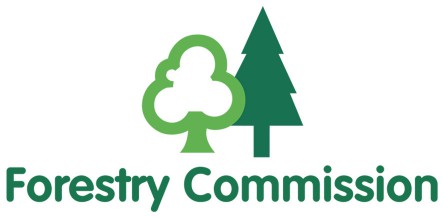Sustainable forestry cycle
Published 10 April 2025
Applies to England
Sustainable forestry cycle stages for timber production:
Stage 1: a diverse mix of tree species is planted: trees capture carbon as they grow.
Stage 2: woodland is managed for future resilience: woods benefit people and nature.
Stage 3: UK timber is harvested responsibly: UK timber supports jobs and the economy.
Stage 4: open spaces encourages new tree growth: wood products continue to store carbon.
The cycle goes back to Stage 1 as new trees are planted.
Sustainable forestry cycle
Sustainable forestry cycle stages in more detail:
Stage 1: planting a diverse mix of climate-proof species creates and restocks woodland.
Stage 2: managing a woodland throughout its lifetime supports its future health and resilience to climate change, pests and diseases. Responsible tree felling is needed to manage and maintain healthy woods.
Stage 3: timber harvesting is carried out in accordance with the UK Forestry Standard guidelines and UK legislation, ensuring it is sustainable.
Stage 4: new open spaces created by felling trees in a woodland, let in light for new trees to grow and regenerate - benefitting biodiversity and wildlife.
Benefits of sustainable forestry
The wider benefits of sustainable forestry include:
- trees are integral to tackling climate change as they capture carbon as they grow
- well-managed woodlands deliver benefits to nature and people’s wellbeing and they provide opportunities for recreation, exercise and connection to nature
- timber production supports jobs, sawmills, manufacturers and rural economies - strengthening the UK timber industry
- wood is a renewable resource, and products made from wood continue to store carbon throughout their lifetime

